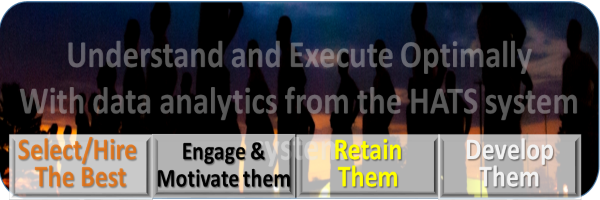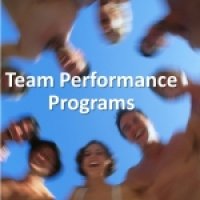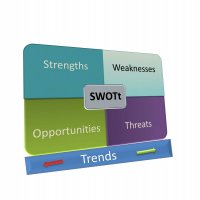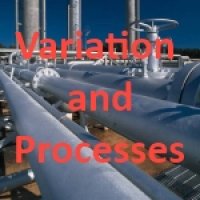How effective are your "people" decisions?
Making the right decisions regarding the WHO in your organizations involves two often sub-optimally done activities
- Choosing the right person for the job.
- Ensuring that each person's competencies, skills and attitudes are a fit for high performance for their overall role in the organization.
These are at the core of people optimization in businesses. A relatively recent buzzword term that seeks to encompass these issues is talent management. In any case, if you assess the activities of the most successful leaders in organizations, you'll find they put far more time, attach far higher priority and indeed have a highly significant focus on these issues of people selection and fit. When you see an organization struggling with decline or mediocrity, it is also nearly always not present in any effective way. In these cases, the leader often not only ignores a basic responsibility but largely as a result, creates incredible waste and a whole host of problems that they need to address daily - unfortunately this is often compounded with attempts at quick fixes and stop-gap measures.
How do you ensure you have the optimal "WHO" in your organization?
Best Practice 1: Use a proven assessment tool to thoroughly understand your candidates and employees' capabilities, natural tendencies, fit and potential.
For more than 20 years, we have implemented assessments with organizations (companies, non profits, government agencies…) to make people decisions. The state of the art in this area has improved dramatically over the last decade. In working with dozens of companies implementing, what we've found to be
the most powerful assessment tool available, we've seen the power of this tool to greatly improve people (WHO?) decisions and to avoid costly problems.
What are keys to an effective tool?
- The ability to assess validity and integrity accurately
- The ability to measure magnitude as it is often extreme traits that cause performance issues
- The ability to capture the breadth of tendencies, motivations, interests and preferences that directly underlie and contribute to performance
- The ability to cost effectively research the performance factors including the positive essentials and the negative inhibitors for specific jobs or task-types.




















 One of the most difficult challenges managers face is choosing the right people and understanding how to get them to perform at their best. During the last 12 years of our experience, we have found no other tool except the Harrison Assessment that enables this kind of capability with incredible accuracy and insight.
One of the most difficult challenges managers face is choosing the right people and understanding how to get them to perform at their best. During the last 12 years of our experience, we have found no other tool except the Harrison Assessment that enables this kind of capability with incredible accuracy and insight.















